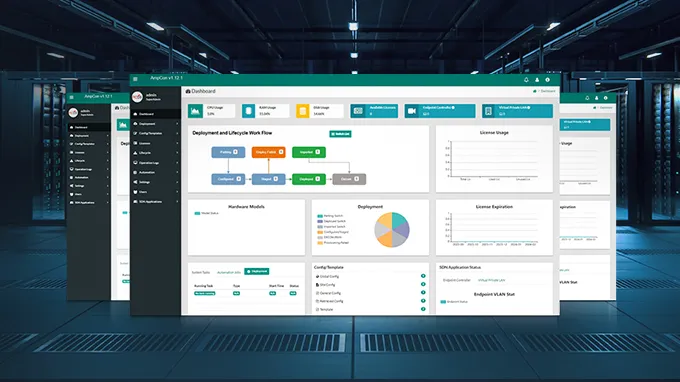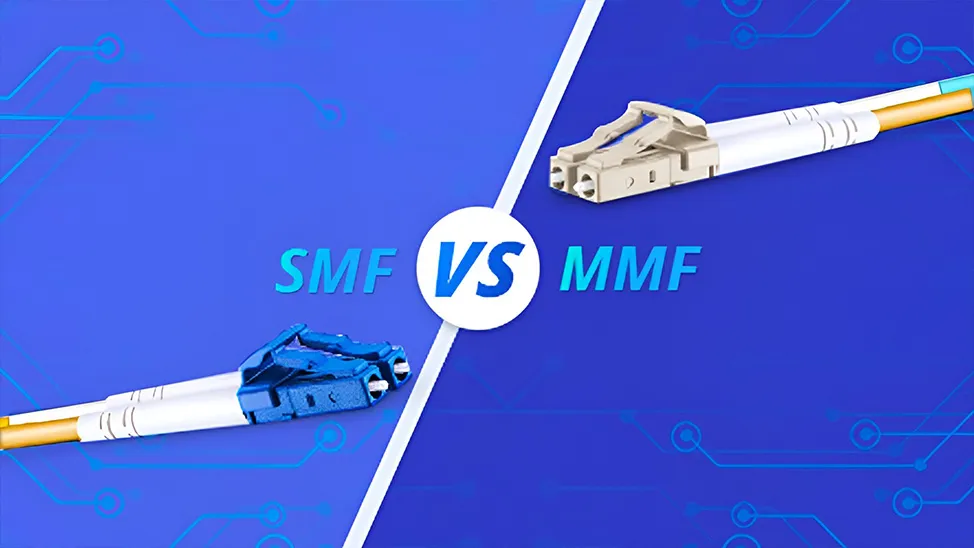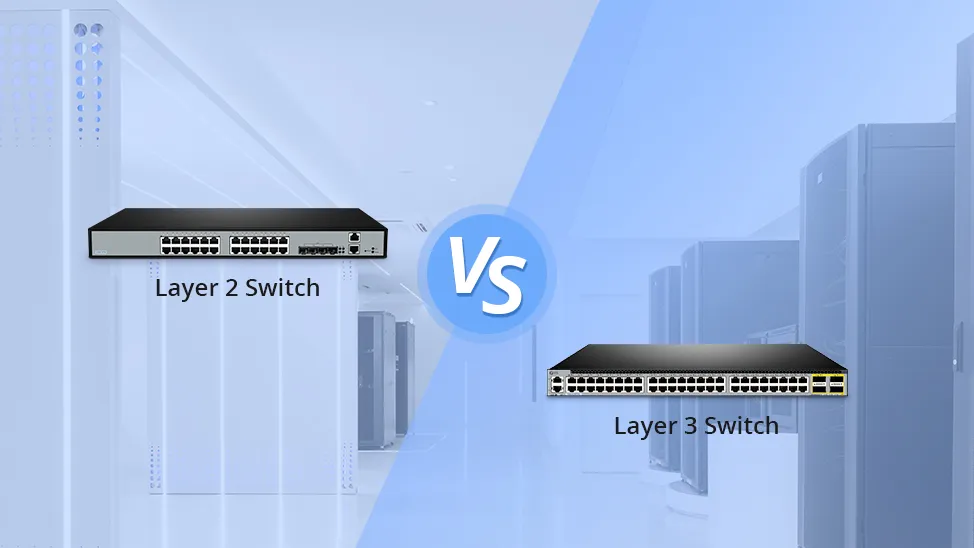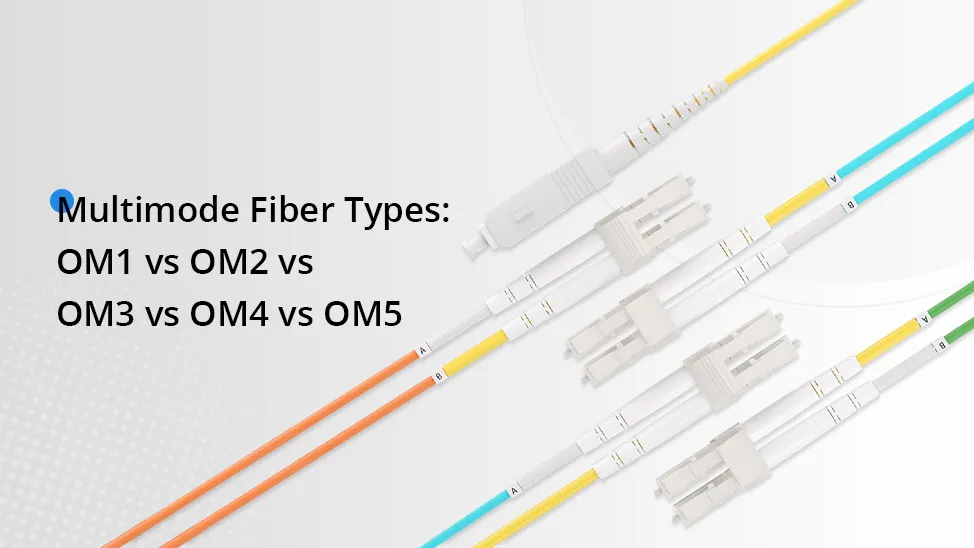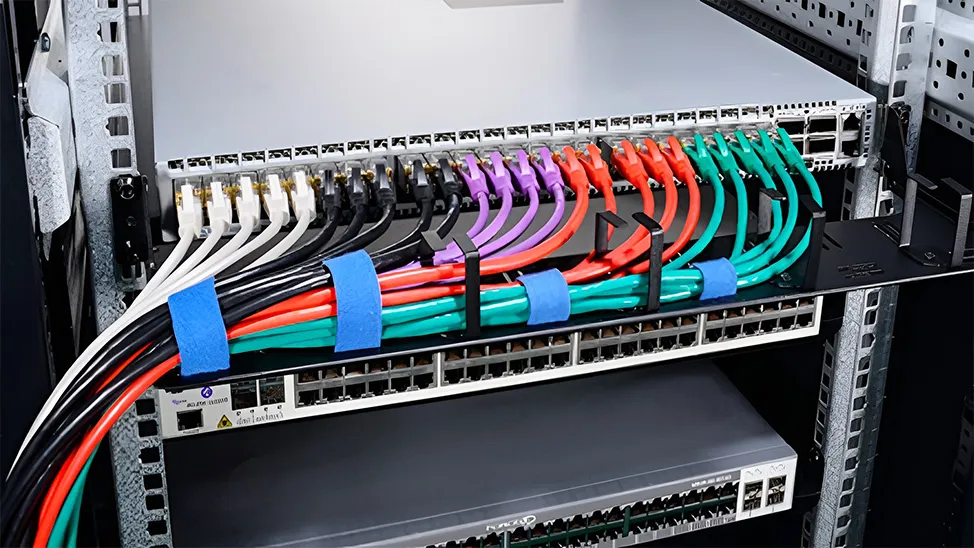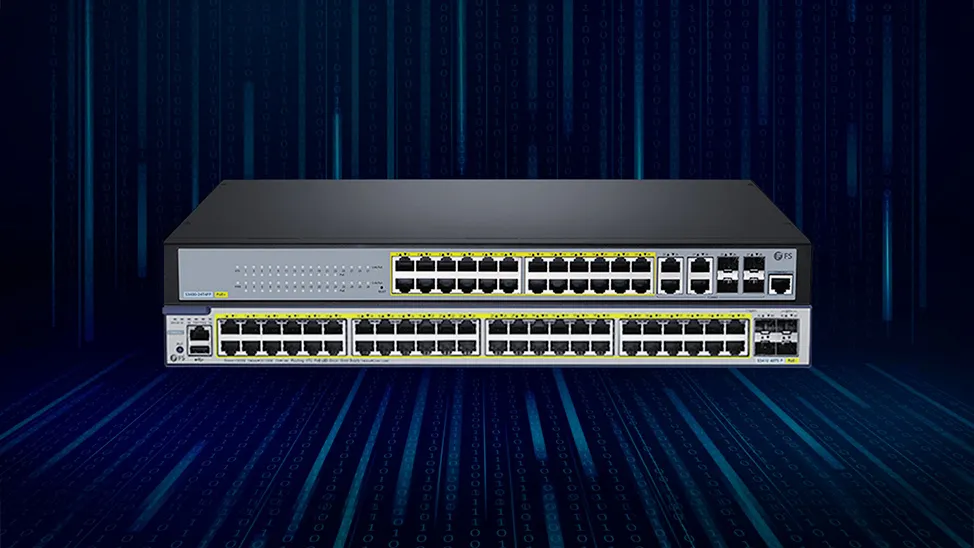All You Need to Know About CPAK 100G Optical Transceivers
100G optical transceivers are widely used in high-performance computing networks and data centers. Various types of 100G optical transceivers are available on the market. In March 2013 Cisco launched its proprietary 100G optical transceiver module called CPAK. This article discusses all you need to know about CPAK 100G optical transceivers, their types and key features, and how they stack up against CFP and QSFP28 optical transceivers to help you have a better understanding of CPAK 100G.
Basics of CPAK 100G Optical Transceiver
CPAK, a proprietary 100G form factor for Cisco switches and routers incorporating IEEE standard interfaces available in several different types: 100GBASE-SR10, 100GBASE-ER4L, 100GBASE-LR4, 10x10G-ERL, 10x10GBASE-LR, can support 100G connections with a variety of distance and fiber type requirements. It supports 10X 10Gbps and 4X 25Gbps modes for an aggregate of 100Gbps data rate. CPAK 100G can also operate high-density 10G breakout with MPO-24 cables.

Types of CPAK 100G
The following table shows detailed information on different types of CPAK 100G.
| CPAK Module | Wavelength | Cable | Connector | Max Cable Transmission | Supported Mode(s) | Supported Protocol |
|---|---|---|---|---|---|---|
| CPAK-100G-LR4 / CPAK-100GE-LR4 | 1310nm | SMF Duplex | SC/LC | 10km | 1x100G | IEEE 802.3ba |
| CPAK-100G-ER4L | 1310nm | SMF Duplex | SC/LC | 25km | 1x100G | IEEE 802.3ba/ITU OTU4 |
| CPAK-10x10G-LR | 1310nm | SMF (24 fibers) | MPO/MTP | 10km | 10x10G | IEEE 802.3ae/FC/ITU OTU2/1e/2e |
| CPAK-100G-SR10 | 850nm | OM3 / OM4 | MPO/MTP | 100m / 150m | 1x100G/2x40G/10x10G | IEEE 802.3ba/IEEE 802.3ae/FC/ITU OTU4/3/2/1e/2e |
| CPAK-10x10G-ERL | 1550nm | SMF (24 fibers) | MPO/MTP | 25km | 10x10G | IEEE 802.3ae/FC/ITU OTU2/1e/2e |
| CPAK-100G-SR4 | 850nm | OM3 / OM4 | MPO | 70m / 100m | 1x100G | IEEE 802.3ba |
| CPAK-100G-CWDM4 | 1271nm, 1291nm, 1311nm, 1331nm | SMF Duplex | LC | 2km | 1x100G | IEEE 802.3ba |
| CPAK-100G-PSM4 | 1295nm - 1325nm | SMF (12 fibers) | MPO | 500m | 1x100G | IEEE 802.3ba |
| CPAK-100G-FR | 1310nm | SMF Duplex | LC | 2km | 1x100G | IEEE 802.3ba |
CPAK 100G Key Features
The most unique feature of CPAK 100G is that it is the first 100G optical module using CMOS photonics. It helps CPAK 100G transceivers provide great optical integration, performance, power savings, and scalability.
CPAK 100G accommodates a variety of distance and fiber type requirements. The distance varies from 70m to 25km. For connectors and cabling, CPAK can be compliant with SC/LC connector and MPO/MTP connector.
Other key features of CPAK 100G include:
-
Up to 100Gigabit Ethernet connections deliver as much as 1 Tbps of front-panel bandwidth
-
Digital Optical Monitoring (DOM) support
-
Minimal footprint allows great port density and bandwidth
-
Hot-swappable input/output device plugs into a Cisco CPAK-module-based switch, router, or optical platform port
-
Interoperability with any IEEE-compliant: 100GBASE-SR4, 100GBASE-LR4, 100GBASE-SR10, 40GBASE-SR4, 10GBASE-SR, 10GBASE-LR
CPAK 100G Application Scenarios
The primary application of CPAK 100G optical transceivers is to support high-bandwidth 100 Gbps optical links over standard single-mode fiber terminated with SC connectors. Nominal power consumption is less than 5.5 W.
CPAK 100G optical transceivers offer customers a wide variety of high-density 100 Gbps connectivity solutions for data center networking, high-performance computing networks, enterprise core aggregation, and service provider transport applications.
CPAK 100G vs. QSFP28 100G vs. CFP 100G
Size
CPAK 100G was released right after CFP modules. The big size of CFP can not meet the demands of the high-density data center. Compared to CFP modules, CPAK 100G modules are less than one-third the size of CFP modules. But QSFP28 100G transceivers are even more compact than CPAK 100G transceivers.
Power Consumption
CPAK 100G consumes 40% less power than CFP2 and 70% less power than CFP form factors. If you use CPAK 100G other than CFP modules in your data center switches, it can offer 20% greater port density and front-panel bandwidth. However, if you compare CPAK 100G with QSFP28 100G modules, the latter offers the lowest power consumption.
Cisco CPAK 100GBASE-LR4 module supports links up to 10km over SMF with a nominal power consumption of less than 5.5W, while 100G QSFP28 LR4 transceivers support up to 10km with max power consumption of 3.5W.
Transmission Distances
QSFP28 100G is still the winner when it comes to maximum data transmission distances. 100G QSFP28 ZR4 can support transmission distances of up to 80km and consume no more than 6W power consumption, while the maximum data transmission distance of CPAK 100G transceivers is only up to 25km, not to mention CFP 100G modules.
Application
CFP 100G, CPAK 100G, and QSFP28 100G can all be applied to long-haul transmission and metro networks. They are easy-to-install and hot-pluggable optical transceivers that are suitable to be used in various applications, such as data centers, high-performance computing networks, enterprise core, and distribution layer applications.
CPAK 100G Has a Rough Future
CPAK 100G transceiver used to stand for an important advancement in optical networking with its proprietary CMOS photonics technology for high port density and front panel bandwidth. However, in such a fiercely competitive market, it is hard for CPAK 100G to remain popular anymore. Moreover, CPAK 100G obviously doesn’t stand a chance when competing with 100G QSFP28 optical transceivers. So far, the utilization rate of CPAK 100G has greatly decreased.
In its place are 100G QSFP28 transceivers that have delivered fabulous results in developing 100G networks. Due to its high performance and low power consumption, 100G QSFP28 optical transceiver is now regarded as the most popular 100G optical transceiver type and has already become the mainstream in the 100G transceiver market.
Related Articles:
100G QSFP28 Optical Transceiver Comparison
You might be interested in
Email Address
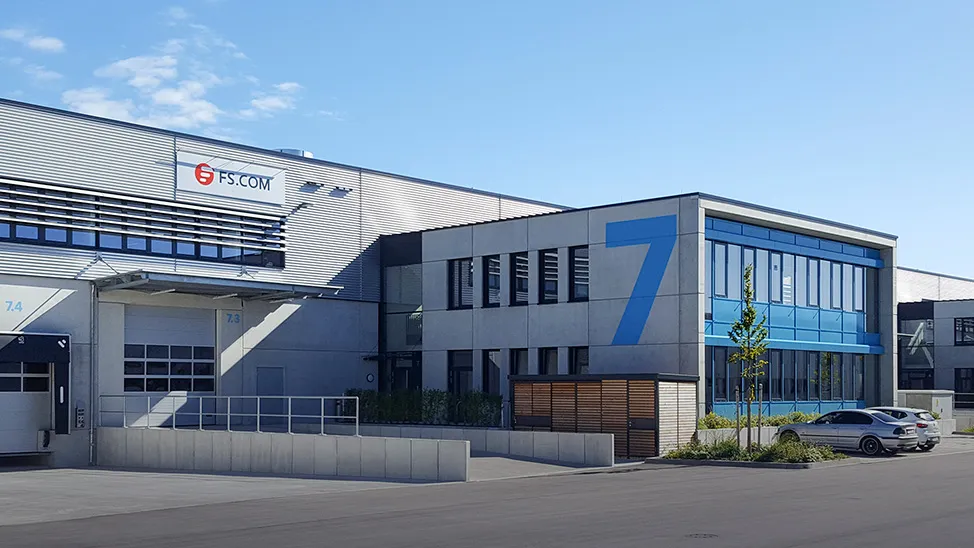
-
PoE vs PoE+ vs PoE++ Switch: How to Choose?
May 30, 2024









